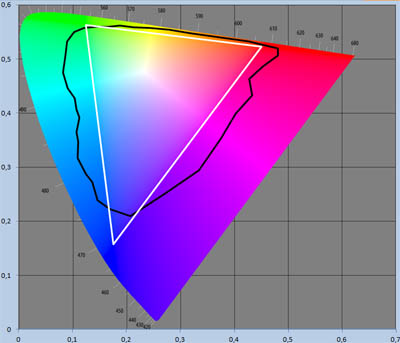The high fidelity of textures in the 2nd flight test suggest that Indexed Value Blending might be involved. If true, IVB seems to be a revolutionary tech as fidelity is conserved even on old potato PC rigs with bare minimum of ram.
You are using an out of date browser. It may not display this or other websites correctly.
You should upgrade or use an alternative browser.
You should upgrade or use an alternative browser.
Possible technology related to Slipspace engine
- Thread starter Ronaldo8
- Start date
Hmm. I should go back and check my graphics settings. WtfThe high fidelity of textures in the 2nd flight test suggest that Indexed Value Blending might be involved. If true, IVB seems to be a revolutionary tech as fidelity is conserved even on old potato PC rigs with bare minimum of ram.
Silent_Buddha
Legend
Can't see EPIC using licensed tech from MS. Not their style.
EPIC doesn't need to use it for an MS studio to include it into their UE build. As an example, for Gears, the Coalition at some point locks down the version of UE they are using, then they fork it and implement whatever changes they want regardless of what is happening with the main Epic fork of UE. At this point none of their changes impacts the main branch of UE and conversely whatever happens on the main branch of UE doesn't impact their fork of UE.
Of course, this doesn't mean the studio can't potentially integrate any changes to the main branch into their fork that they feel would be beneficial versus the cost of integration, but at this point their fork of UE is largely independent of the main branch.
That's how Gears 5, for example, ended up with a very heavily modified UE fork that was quite significantly different from the main branch. The Coalition isn't the only studio that does this, but they are one of the studios that have done the most WRT significant changes to UE to suit their particular needs.
Later, it's possible that the studio will submit changes for inclusion into the main branch of UE and at that point it's up to Epic whether to merge those changes into the main branch or not. Sometimes they do, sometimes they don't.
Regards,
SB
Chroma subsampling isn't new and that MS patented a version at all is a dick move.
Also it just sounds like the usual Graphics programmer mistake of underestimating how much impact color has on image quality. Programmers love looking at metrics, and since color is a low bit metric that can be subsampled a bit compared to luma over a 2d domain, love to crunch it down because according to metrics it doesn't seem that important. But when actually looking at the final image it becomes a lot more obvious what's happened.
One of my favorite examples of engineers obsessing with Luma over Chroma is HDR and UHD mastered movies. Engineers for OETF curves and Codecs and standards obsess over HDR's expanded Luma range. People start watching HDR mastered movies and the thing most reviewers comment on as improved isn't the range of lighting but the improved color range of DCI-P3, something the engineers barely noticed or thought about, something that's utterly discounted in the original HDR OETF curve paper as unimportant in a single sentence.
Oops.
Cool story
but a very unlikely event nevertheless. In any case I re-checked srgb vs. DCI-p3 vs. pointer's gamut , because it shouldn't be THAT much better:


from : https://tftcentral.co.uk/articles/pointers_gamut
DCI-P3 should add minimal cost vs. the real deal: Rec2020 as well (or actually extended luma range with stable output and no near black "oled stuff"
Last edited:
They just about solved all my major gripes for Halo Infinite. But what I'm looking for from the game is a proper lighting system that will keep the whole image tied together. I think the current setup is more than reasonable for MP and for last gen, but I'd like to see a new lighting system for next-gen/PC for the campaign mode to really get those next gen feels. I'm hoping we haven't see anything on campaign because of this, but I think it's too optimistic to believe they will use a more accurate dynamic GI system for campaign.The high fidelity of textures in the 2nd flight test suggest that Indexed Value Blending might be involved. If true, IVB seems to be a revolutionary tech as fidelity is conserved even on old potato PC rigs with bare minimum of ram.
This video is cool, but there's nothing special going on that I can see. Just models with textures and some triplanar projection. Is there a specific part you're referring to?The scaling up of textures without impacting massively affecting budget is reminiscent of Indexed Value Blending.
(Disclaimer: I haven't read patent)

